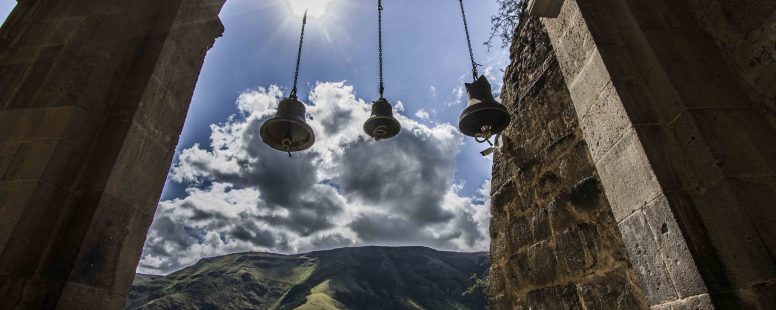Gyumri – Vardzia – Khertvisi – Brojomi – Caucasus tour
Last stop in Armenia, during our Caucasus tour – Gyumri City. It’s the second largest city in Armenia, right after the capital of Yerevan. … Continue reading Gyumri – Vardzia – Khertvisi – Brojomi – Caucasus tour
